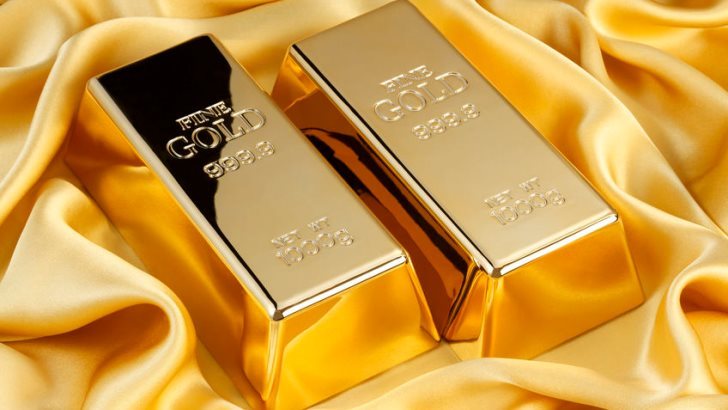
Gold, a traditional safe-haven asset, often experiences significant price shifts during times of political uncertainty, particularly around major elections. The outcome of the U.S. elections has a notable impact on the metal, as markets react to shifts in economic policies, interest rates, and geopolitical stability. As the dust settles from the 2024 U.S. elections, many investors are wondering where the price of gold is heading. Will it continue to soar, or could we see a correction? This article explores the key factors that could influence gold prices in the coming months.
Gold's Reaction to Political Uncertainty
Historically, gold has been a go-to asset for investors looking to hedge against uncertainty. The U.S. election cycle typically brings volatility across global markets, as investors reassess economic forecasts and potential policy changes. When uncertainty looms, gold prices tend to rise because of its reputation as a reliable store of value.
This trend was evident in the lead-up to the 2024 U.S. elections, as gold prices saw upward pressure due to concerns over inflation, fiscal policy, and global trade relations. With the election results now clear, investors are starting to shift their focus to how the incoming administration will affect the broader economy and, in turn, the price of gold.
Economic Policies and Inflation Expectations
A major factor influencing gold’s price post-election is the potential shift in economic policies. A Trump second term could mean a continuation of deregulation, tax cuts, and an America-first trade policy. These moves might stimulate short-term economic growth, but they also carry the risk of higher inflation and rising debt levels, both of which could drive gold prices upward.
Inflation expectations are particularly important when it comes to the price of gold. If inflation rises due to increased government spending or supply chain disruptions, investors often flock to gold as a hedge. This is because gold tends to retain its value when fiat currencies weaken due to inflationary pressures. If inflation picks up steam in 2024 and beyond, the price of gold could see continued growth.
Conversely, if the new administration takes a more hawkish stance on interest rates or prioritizes reducing the national deficit, it could lead to a stronger U.S. dollar. A stronger dollar usually has an inverse relationship with gold, as a stronger currency makes gold more expensive for holders of other currencies, potentially leading to a decline in demand and a drop in prices.
Interest Rates and Monetary Policy
Another critical factor in gold’s future price movement is the direction of U.S. interest rates. The Federal Reserve’s monetary policy plays a significant role in shaping gold prices. If the Federal Reserve continues to maintain low-interest rates to stimulate the economy, this could push gold prices higher. Low interest rates reduce the opportunity cost of holding non-yielding assets like gold, making it more attractive to investors.
However, if inflation rises too quickly, the Federal Reserve may be forced to raise rates to cool down the economy. Higher interest rates typically dampen gold’s appeal, as investors might favor assets that provide a yield, such as bonds or dividend-paying stocks. Therefore, the Fed's response to any post-election inflationary pressures will be crucial in determining where gold prices head next.
Geopolitical Stability and Trade Relations
Another key factor that could influence gold prices post-election is the state of global trade and geopolitical stability. Under Trump’s previous administration, trade tensions—especially with China—pushed investors toward gold due to the heightened economic risks. If trade disputes reignite or new geopolitical challenges emerge, gold could benefit from increased safe-haven demand.
However, if the U.S. administration manages to de-escalate tensions and foster stable international relations, the markets may respond positively, reducing the urgency for investors to hedge with gold. A calmer geopolitical environment could temper gold demand, resulting in more stable or even lower prices.
Where Could Gold Prices Head?
In the short term, gold prices are likely to remain sensitive to the immediate aftermath of the election. If market uncertainty persists, or if inflation expectations rise, gold could continue its upward trajectory. On the other hand, stronger economic growth, rising interest rates, or a more stable geopolitical environment could trigger a pullback in gold prices.
Ultimately, gold’s price direction will depend on how the post-election landscape unfolds. Investors should keep a close eye on economic policies, interest rate signals from the Federal Reserve, and global trade relations, as these factors will be the key drivers in determining whether gold prices soar or stabilize in the months following the 2024 U.S. elections.




















